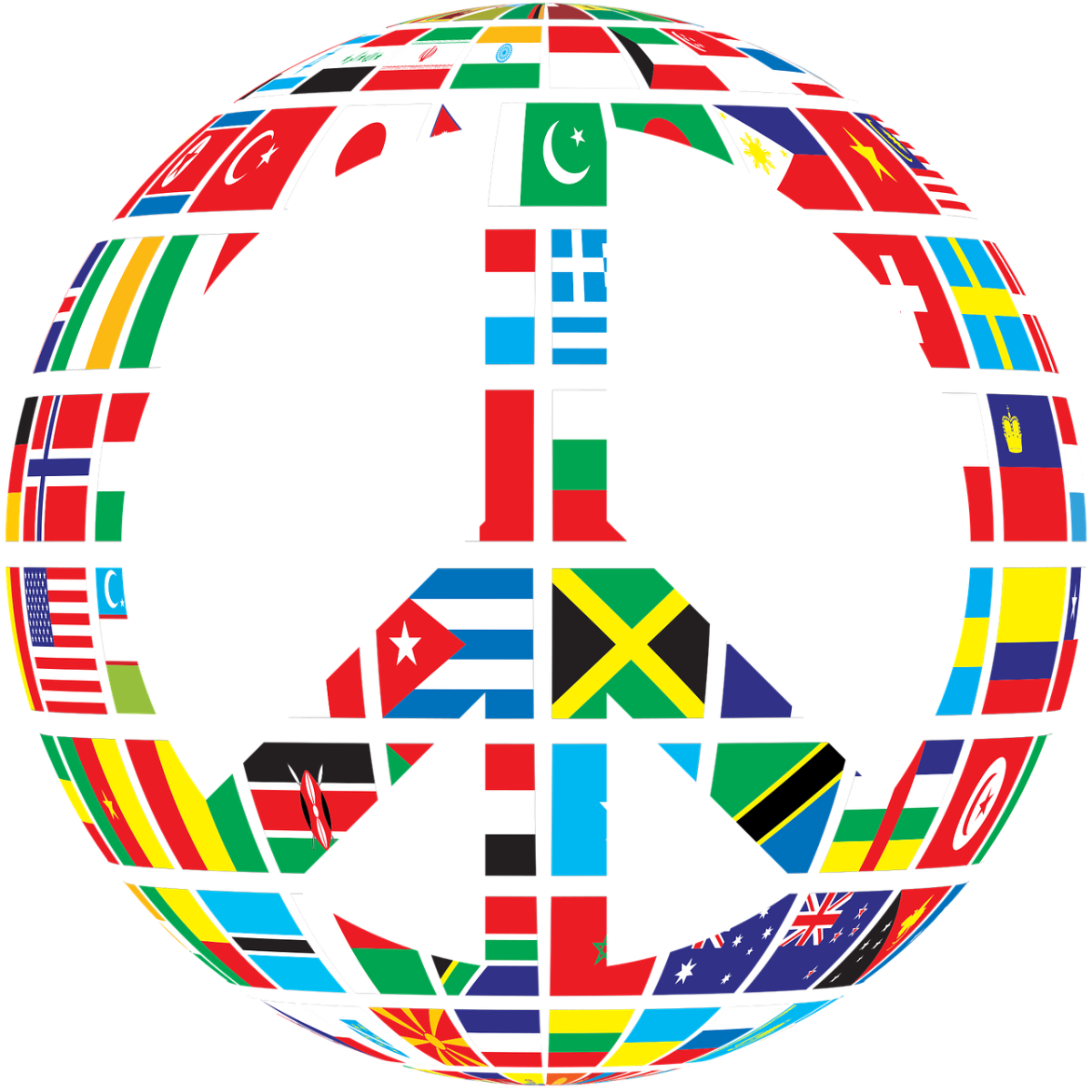Is the World Headed for a Serious Outbreak or is it all Overblown?
October 9, 2014
If you follow the news, you’ve most likely heard of the recent outbreak of the Ebola virus, an outbreak which has, seemingly, spread like wildfire in areas of West Africa.
While a disease like Ebola can foster panic in people due to what seems to be a lack of control of the virus, the situation may be somewhat exaggerated in many peoples’ minds. The current situation in West Africa – as of early October – is being contained as well as possible for a disease that spreads fairly easily. According to the Centers for Disease Control (CDC), Liberia and Sierra Leone, the two countries most affected by this outbreak, have closed off borders, established screening points, and quarantined communities that have been severely affected by Ebola. Military personnel are also in place to uphold the peace and keep the virus as contained as possible.
Over the last several months, the number of people infected has grown rapidly and, according to CDC estimates, could reach as high as 1.4 million cases in Liberia and Sierra Leone by January, 2015 unless these nations are able to place “…up to 70% of patients into either an Ebola Treatment Unit or into a community setting in which the risk of disease transmission is reduced and safe burials are provided.”
This is the largest outbreak in history and the first in West Africa. National Institutes of Health (NIH) researchers report that they have found over 50 mutations since they began studying the current outbreak.
According to NIH, Ebola symptoms usually appear “…2 to 21 days after exposure. Infection can cause fever, headache, body aches, weakness, stomach pain, and lack of appetite. Later symptoms include vomiting, diarrhea, rash, impaired kidney and liver function, and in some cases, internal and external bleeding (hemorrhage). No approved drugs exist for the disease, but prompt diagnosis and aggressive, supportive care can improve survival.” Ebola is highly infectious and is transmitted by bodily fluids such as blood and saliva.
Regarding the current outbreak, which began earlier this summer, NIH estimates that “the first infection from an unknown source in late 2013 was followed by exclusive human-to-human transmissions. The virus was brought into Sierra Leone by 14 people who had been in nearby Guinea to attend the funeral of a traditional healer who had treated Ebola patients.”
This – the virus’s ability to mutate and, seemingly, “attack” the human immune system – is the element that brings fear and panic to people. Regarding the idea that the disease could become a global pandemic, NIH notes that, because many countries outside of Africa have public-health resources and advanced-treatment methods, the chance of it spreading globally are very small.
However, recent events – including the discovery of a patient with Ebola in Texas – has brought into question whether or not the virus is already on its way to becoming a global issue. According to a CBS News report that cites multiple CDC and World Health Organization (WHO) sources, the patient who was diagnosed with Ebola had recently traveled to the U.S. from Liberia. CDC Director Dr. Tom Frieden told CBS News, “There is zero risk of transmission on the flight. Ebola doesn’t spread before someone gets sick, and he didn’t get sick until four days after he got off the airplane. So we don’t believe there was any risk to anyone on the flight.”
As for whether or not people in the U.S. should fear an outbreak, Frieden told CBS, “While it is not impossible that there could be additional cases associated with this patient in the coming weeks, I have no doubt that we will contain this.”











































